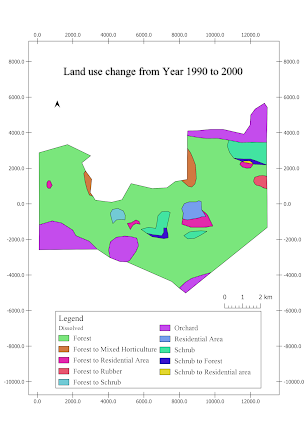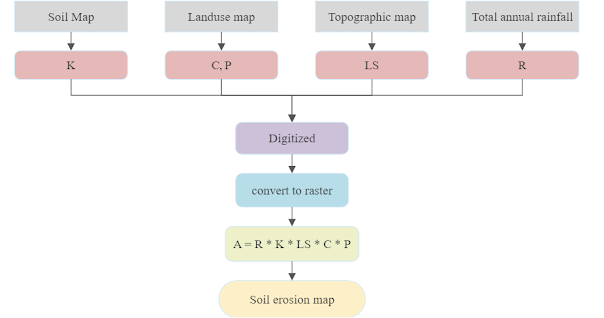Project 1: UPM Dihatiku
Introducing my faculty - Faculty of Forestry and Environment
To create a simple map, digitizing is the necessary task that needed to be done. Digitizing a map involves converting the raster image to vector data or layers.
By using the QGIS, the QuickMapServices plugin needed to be installed. This plugin is useful as it provides base maps from many sources such as Google Maps, OpenStreetMap, Bing Maps, and many others.
For this project, Google Satellite is used. A satellite image will be displayed and a new layer is created.
For this project, Google Satellite is used. A satellite image will be displayed and a new layer is created.
Then, Lat Lon tools plugin is installed. It is a useful plugin for QGIS that provides additional functionality for handling geographic coordinates such as converting between coordinate formats, displaying coordinates in different formats, calculating distances and bearings, and creating custom grids and reference systems.
To search for the location of my faculty, Google Map is used. The coordinate 3°00'15.8"N 101°42'32.2"E is found as the figure below.
The coordinate is inserted in the Lat Lon Tools and the location is found as shown.
A new vector layer is created for digitizing. As for Coordinate Reference System (CRS), Kertau_RSO_Malaya_Meters is selected.
Before digitizing, snapping is needed to be enabled as it allows to use the mouse cursor to snap other objects or the same layer. It can avoid any gaps between the new polygon drawn and the existing adjoining polygon.
After drawing the building, roads, and bus stop, the classification is needed by using a different colour to represent different buildings.
- Create a print layout
- Create a frame
- Add title
- Add legend
- Add Scale
- Add North Legend
The map of the buildings in Faculty of forestry and environment is drawn as the diagram below.
.png)
.png)
.png)
.png)




Comments
Post a Comment